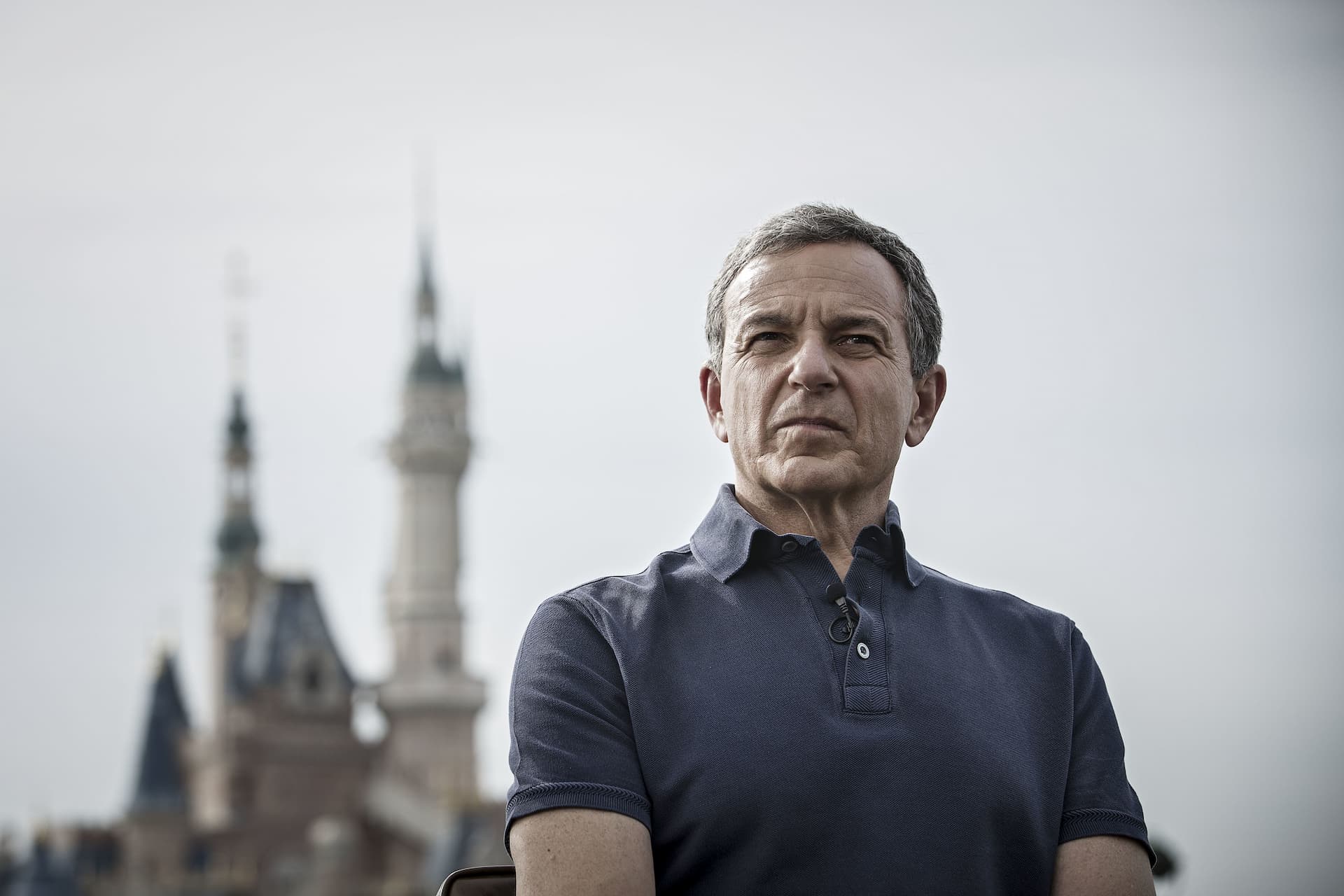
(Feb 9): Walt Disney Co chief executive officer Bob Iger announced plans for a dramatic restructuring of the world’s largest entertainment company, including 7,000 job cuts and US$5.5 billion in cost savings.
The reductions include plans to cut US$3 billion from its budget for movies and TV shows and the rest in non-content related areas. About US$1 billion of the savings are already underway, Iger said Wednesday on a conference call with investors.
As part of the change, Disney’s CEO also announced that the company will be reorganised into three divisions: an entertainment unit that includes its main TV, film and streaming businesses; the ESPN sports networks; and the theme-park unit, which includes cruise ships and consumer products.
The reorganisation is intended to improve profit margins, Iger said, and represents his third major transformation of the business following efforts to beef up its film franchises through acquisitions and the development of its online business.
Iger, who returned to lead the company in November after his successor Bob Chapek was fired, has been under pressure to improve results. Activist investor Nelson Peltz is seeking a board seat at the April 3 annual meeting, arguing in part that Disney shares have underperformed and the company needs better cost controls.
Shares of Disney rose in extended trading after the announcement and the company’s report of better-than-expected quarterly sales and profit, led by the theme-parks division.
On a conference call with analysts, Disney said it has no plans to spin off ESPN — a possibility that Iger said was studied but rejected in his absence. In entertainment, Disney will look at shrinking the cost of films and TV shows, which Iger said had become “extraordinarily expensive” in recent years due to competition.
Eventually, Iger said, Disney will offer the ESPN network as an a la carte option online, but there are no imminent plans to do.
He also said Disney’s zeal to grow streaming subscriptions at a time when Wall Street rewarded user growth more than profitability had led to unsustainable price promotions that the company won’t pursue as often. In recent months, investors have focused on more on the potential profitability of the media industry’s staggering investments in online film and TV shows.
“We’re going to continue to go after subs but we’re going to be more judicious about how we do that,” Iger said.
Outsized losses in streaming contributed to the ouster of Chapek late last year and the return of Iger, who led the company from 2005 to 2020. The Burbank, California-based entertainment giant is seeking to achieve profitability in streaming next year and fend off Peltz, who holds a stake worth about US$1 billion.
Iger indirectly addressed some of Peltz’s concerns: In addition to reducing expenses, he said the board would consider restoring the company’s dividend later this year, something the activist investor had also flagged.
“Iger is the right person to do this, and Peltz is barking up the wrong tree,” Ross Gerber, the CEO of the asset management firm Gerber Kawasaki, said in an interview with Bloomberg TV.
Iger also said Disney has an opportunity to generate sales from creating programming for competitors, confirming a Bloomberg report earlier this month that the company is considering licensing more films and TV series after years of keeping the vast majority of the titles exclusive to its own services.
Earlier Wednesday, Disney announced upbeat financial results, led by gains at its theme parks.
Profit came to 99 cents a share in the period ended Dec 31, Disney said, above the 74-cent average of analysts’ estimates. Revenue grew 7.8% to US$23.5 billion, slightly above projections.
Subscribers to the Disney+ streaming business declined 1% in the quarter to 161.8 million, the first such decline, amid cancellations of the Hotstar service in India after Disney lost streaming rights to cricket there.
Losses in the streaming business more than doubled to US$1.05 billion from a year earlier, but that was better than management had forecast three months ago.
“The work we are doing to reshape our company around creativity, while reducing expenses, will lead to sustained growth and profitability for our streaming business, better position us to weather future disruption and global economic challenges, and deliver value for our shareholders,” Iger said in a statement.
Disney’s parks continued to shine, with revenue in that division increasing 21% to US$8.74 billion and earnings climbing 25% to US$3.05 billion. The results included sales and earnings from consumer products that were little changed.
The company plans to add an Avatar experience to its Disneyland Resort in Southern California.
Revenue from Disney’s traditional broadcast and cable TV business, such as ESPN, fell 5% to US$7.29 billion, while operating income slumped 16% to US$1.26 billion, hurt by weakness outside the US.
